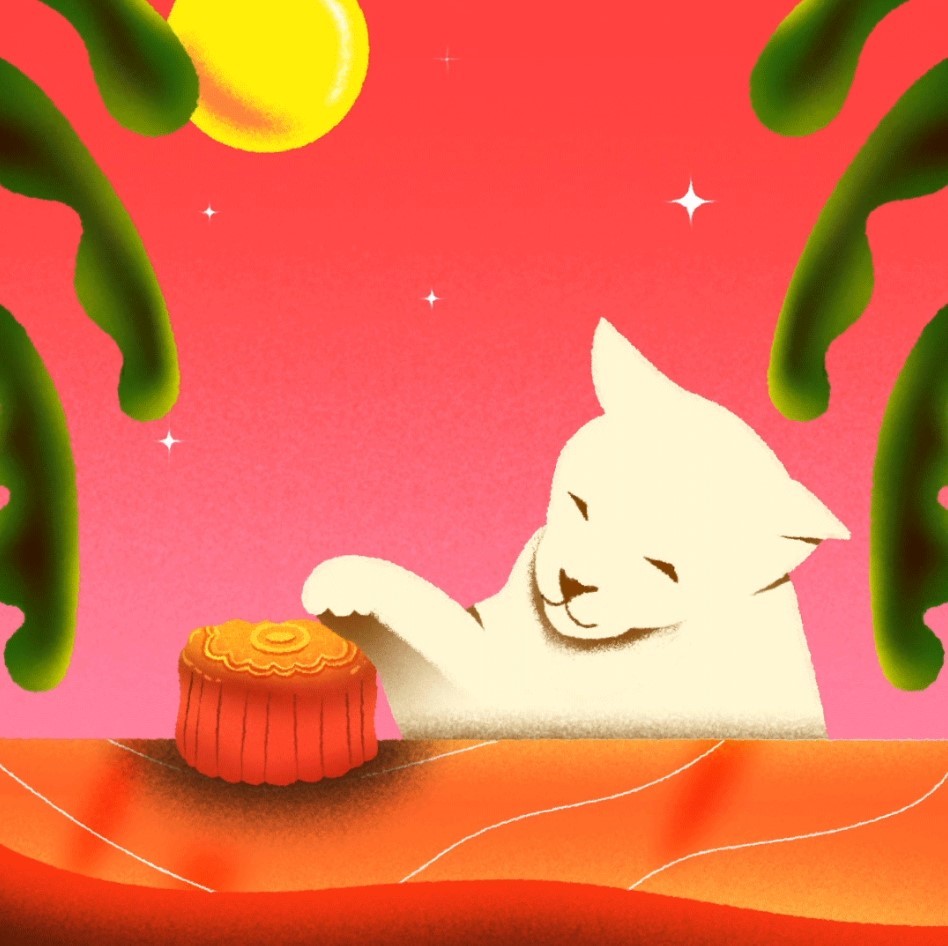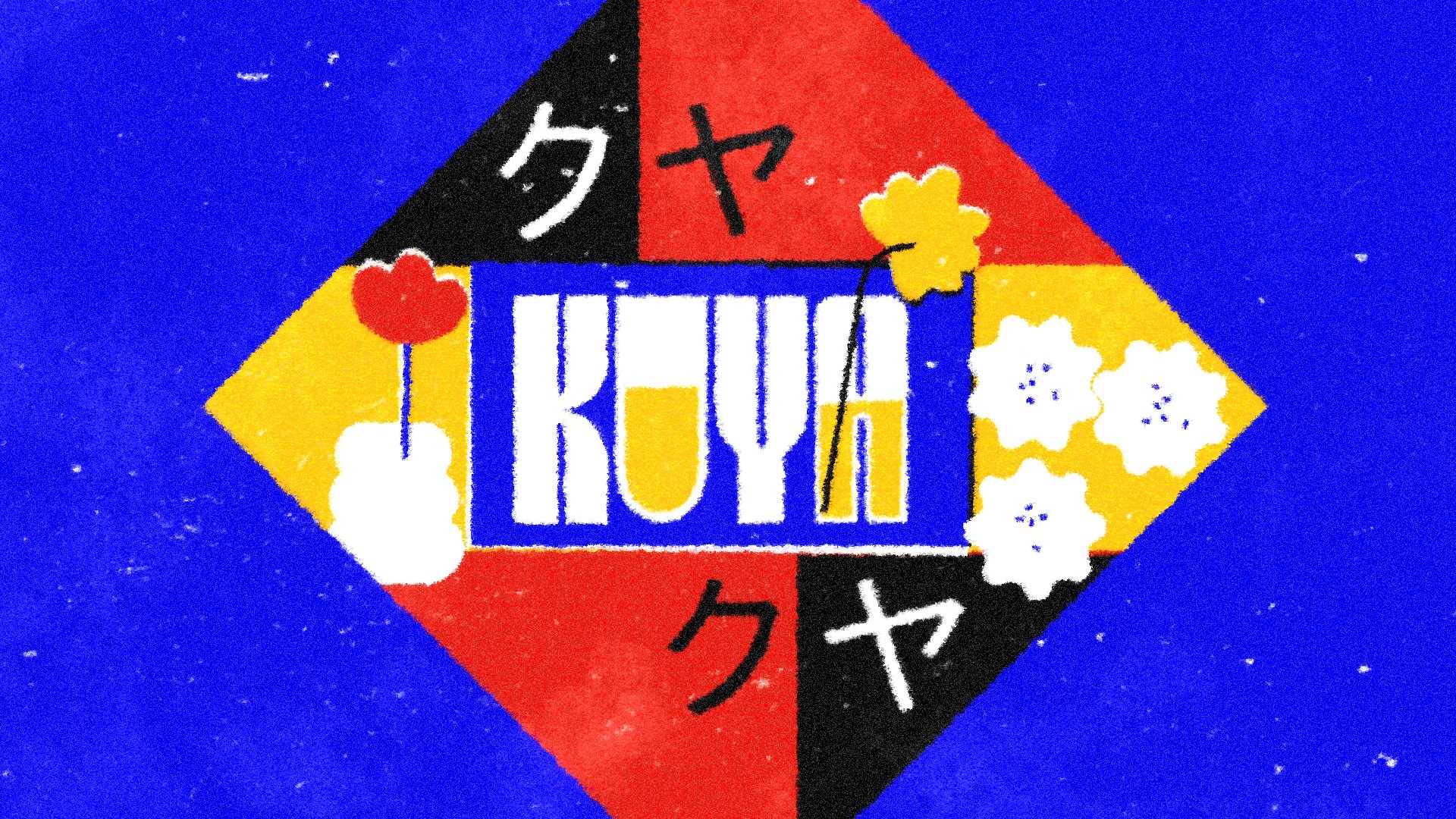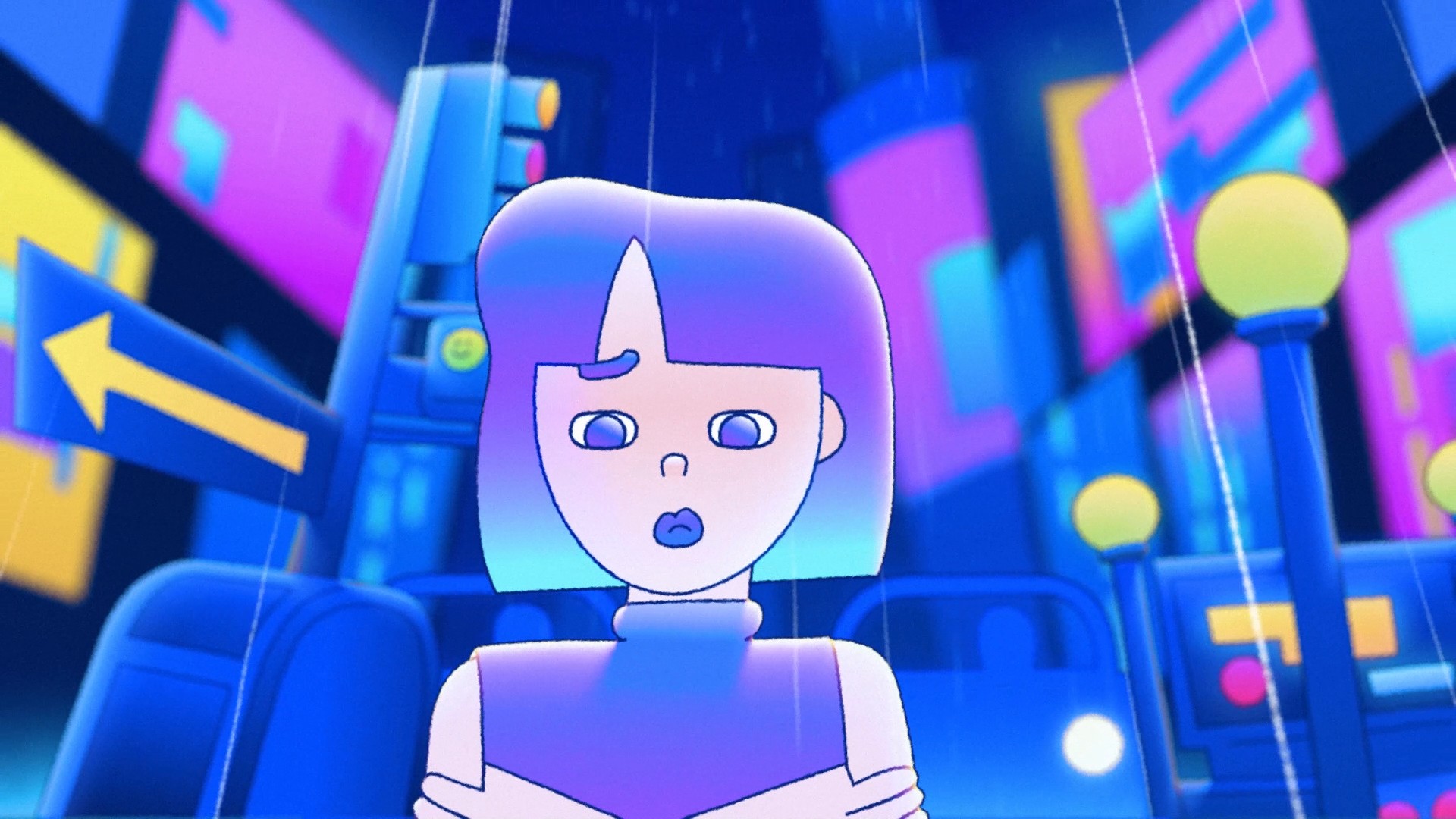We’re excited to introduce you to the always interesting and insightful Muhan Yao. We hope you’ll enjoy our conversation with Muhan below.
Hi Muhan, thanks for joining us today. We’d love to hear about when you first realized that you wanted to pursue a creative path professionally.
I first encountered motion design when I graduated from college. At that time, I had no knowledge of any software or drawing skills, but I stumbled upon the amazing works of many studios and became deeply fascinated. It ignited a passion in me like never before, and I embarked on a journey of self-learning. After nearly a year of self-study, I applied to the School of Visual Arts in New York. This was a significant moment for me because I was about to venture to a foreign land, investing a lot of time, money, and effort into a learning and growth environment filled with art. It also opened my eyes to the many possibilities along this path. So, the moment I decided to go abroad, I also decided to turn this interest into a career pursuit for many years to come.


Great, appreciate you sharing that with us. Before we ask you to share more of your insights, can you take a moment to introduce yourself and how you got to where you are today to our readers.
Hello, I’m Muhan (Ellie) Yao, a freelance motion designer from Taiwan. My artwork has a unique creative approach characterized by gradients, noise, a playful cartoonish style, and a touch of nostalgia. I also combine the sound and music with the visuals very well to create seamlessness in the motion design. My background in chemical engineering, music, and motion design has equipped me with robust problem-solving skills and a keen sense of rhythm in animation. Mastering various software, including the Adobe Creative Suite and Cinema 4D, allows me to bring my ideas to life in different formats.
The journey all began during my senior year of college when I was uncertain about pursuing a career in chemical engineering. Delving into animation and motion design opened up new possibilities, prompting me to take self-learning seriously. Stepping out of my comfort zone, I applied to graduate programs in the United States, eventually enrolling at the School of Visual Arts for Motion Graphics. Two years of academic learning and work experience resulted in significant personal growth. Through internships and freelancing, I gained insights into animation industry roles and production processes.
I am now working as a freelance animator at Nickelodeon. I feel so fortunate to work with the amazing team on the Nickmas Game and the Super Bowl Promo and Super Bowl Game for the past few months and I am also excited about what’s coming up next. Be able to create appealing visuals and entertain the audience is very fulfilling.
Reflecting on my journey, I am grateful for the support and inspiration that propelled me to step out of my comfort zone, ultimately shaping the artist I aspire to be. The challenges and pressure were significant, but the experience has taught me the value of sharing, supporting, and communicating with others. I appreciate those who have been instrumental in my growth.


For you, what’s the most rewarding aspect of being a creative?
Motion design allows me to express your creativity in all kinds of ways. You get to bring ideas to life using animation, typography, and visual effects, which can be incredibly fulfilling. Motion design has the power to evoke emotions, convey messages, and captivate audiences. Seeing my work resonate with viewers and effectively communicate a message can be very rewarding. Also, the field of motion design is constantly evolving with new tools, techniques, and technologies. I can see new brilliant motion design popping up, and there’s always something new to learn and master, which can keep the work exciting and fulfilling.


What can society do to ensure an environment that’s helpful to artists and creatives?
Supporting artists, creatives, and a thriving creative ecosystem requires a multifaceted approach from both individuals and society as a whole. In my point of view, ensuring that arts education is accessible to all, starting from a young age is very important. This includes funding for arts programs in schools, as well as scholarships and grants for aspiring artists. Also, it’s important to provide resources and opportunities for artists to learn, develop their skills, showcase their work, and connect with audiences. This can include grants, residencies, mentorship programs, and affordable studio spaces. On the other hand, fostering a culture of appreciation for the arts and creative expression among the general public can also help thriving creative ecosystem. This includes supporting public art projects, arts festivals, and arts education initiatives that engage people of all ages and backgrounds.
Contact Info:
- Website: https://muhanyao.com/
- Instagram: @elyao_art
- Linkedin: linkedin.com/in/muhanyao


